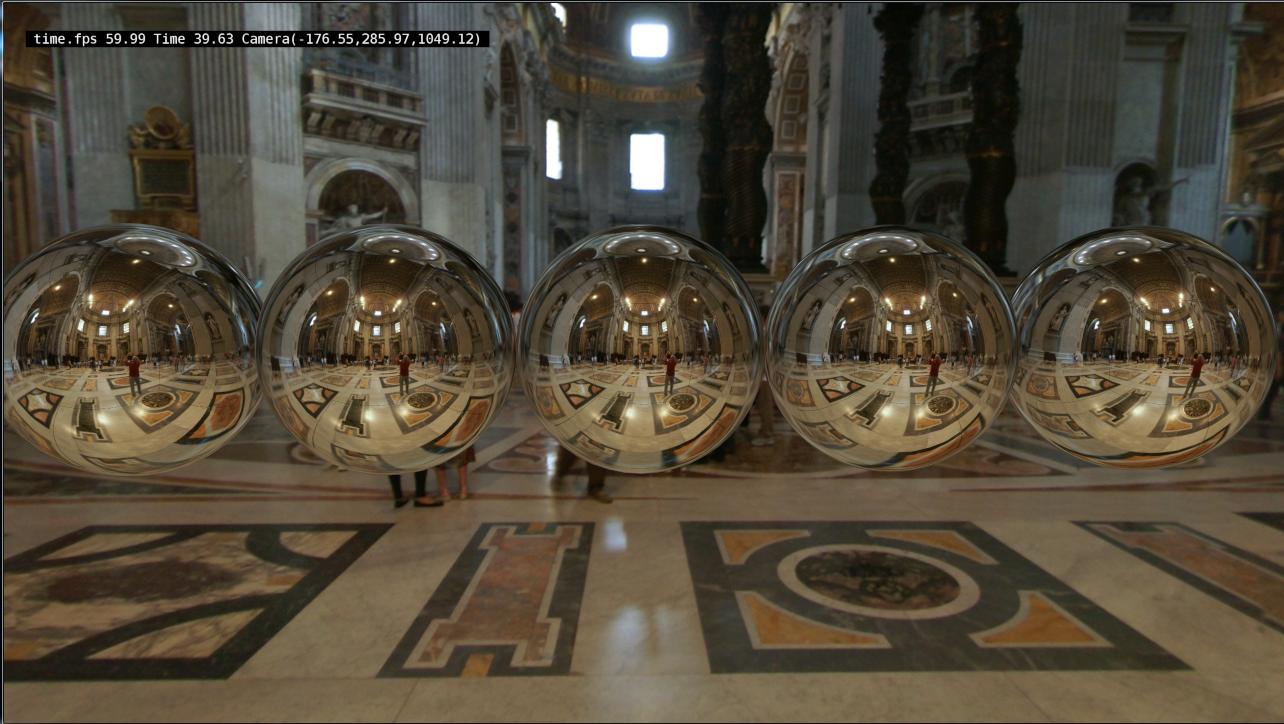So, given a scene like this (cubemap skybox with "real" spheres)

Everything looks great, except for the fact that the spheres don't reflect each other.
What's a good way to go about this? The first thing that came to mind was to render an environment map for each cube, and apply that to each cube along with the skybox. However, that will be insanely slow when updated per frame, given that the spheres are moving relative to each other and a static map won't work.
I realize this may fall under the category of ray tracing and be difficult to achieve real-time, but perhaps someone has addressed this problem in the past?
